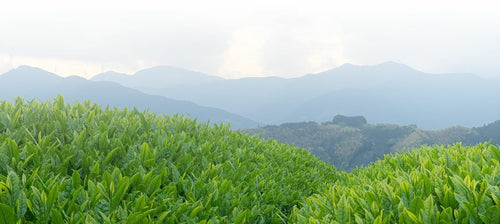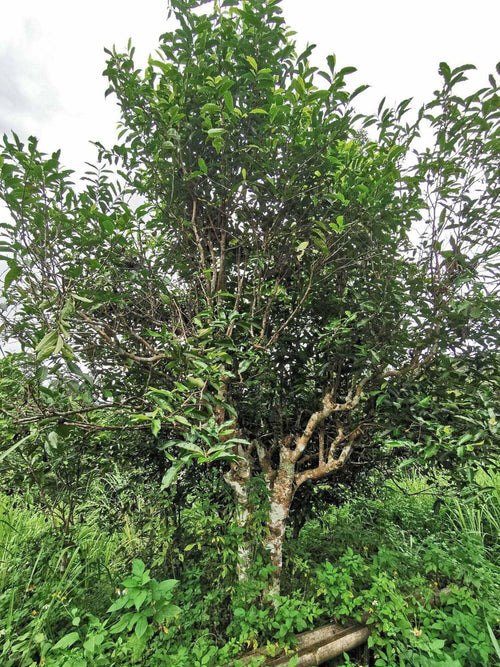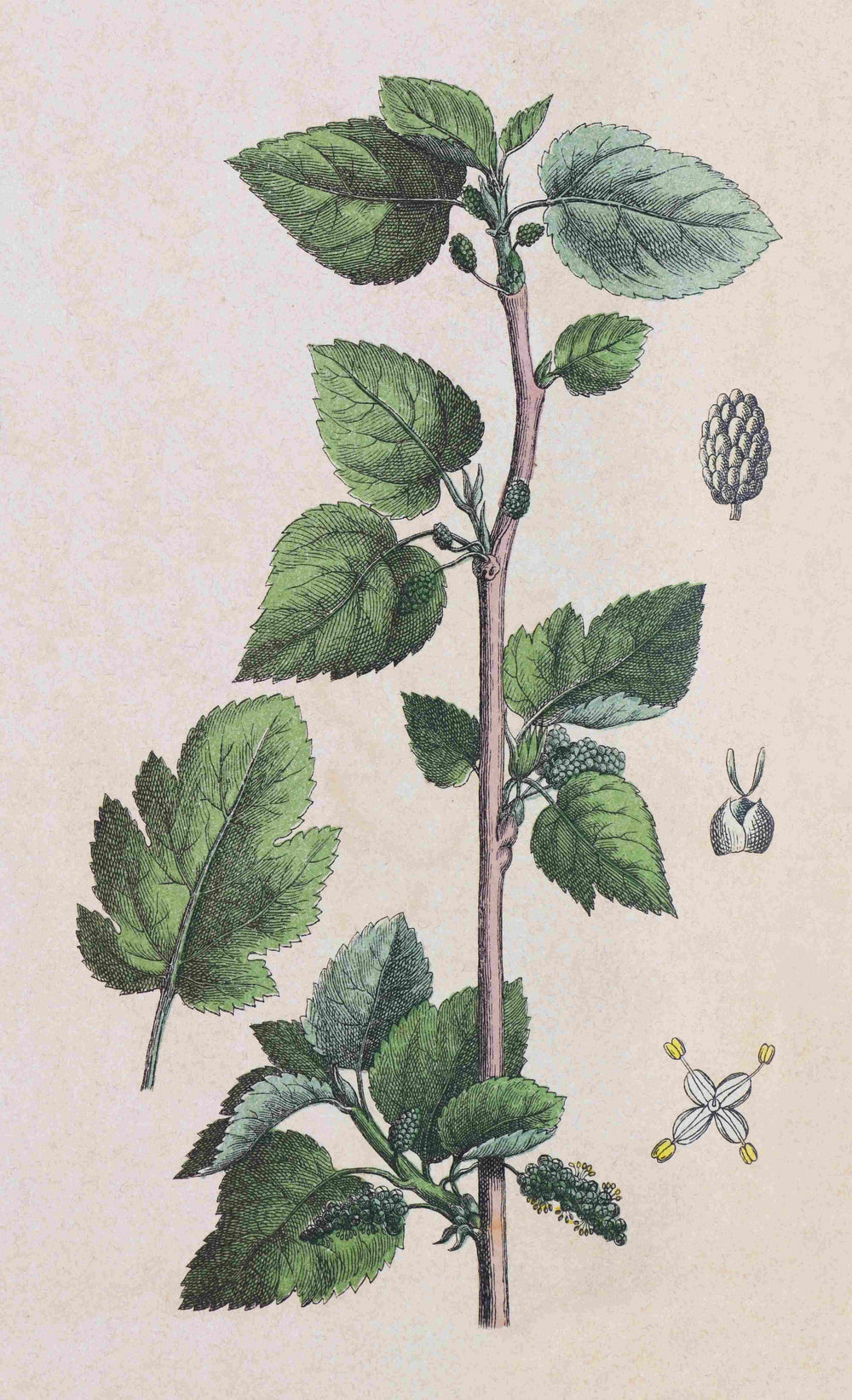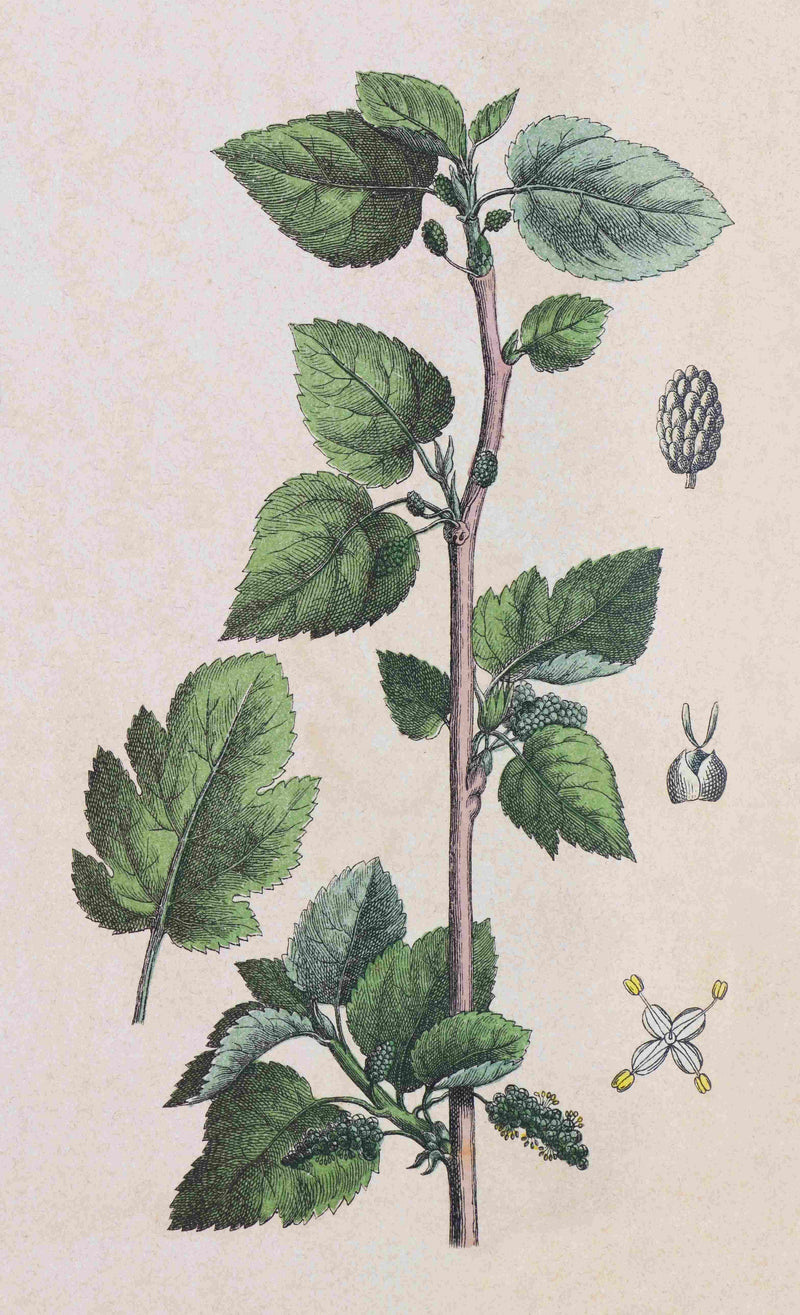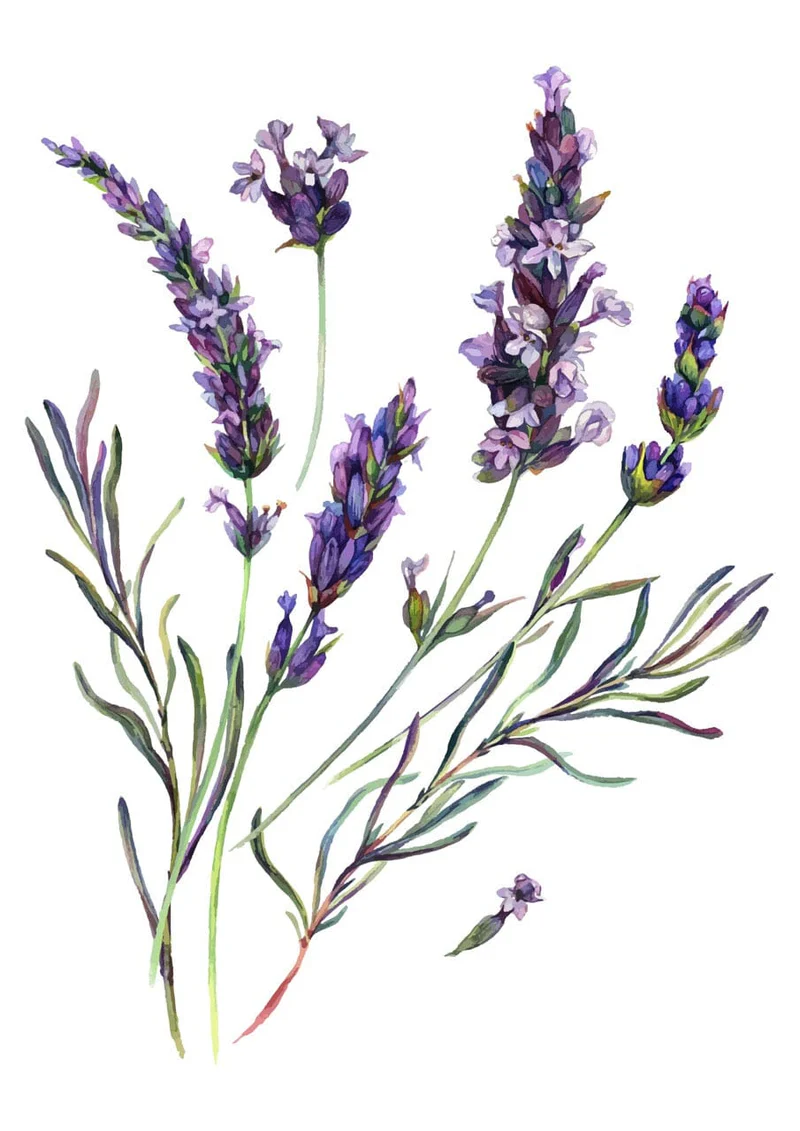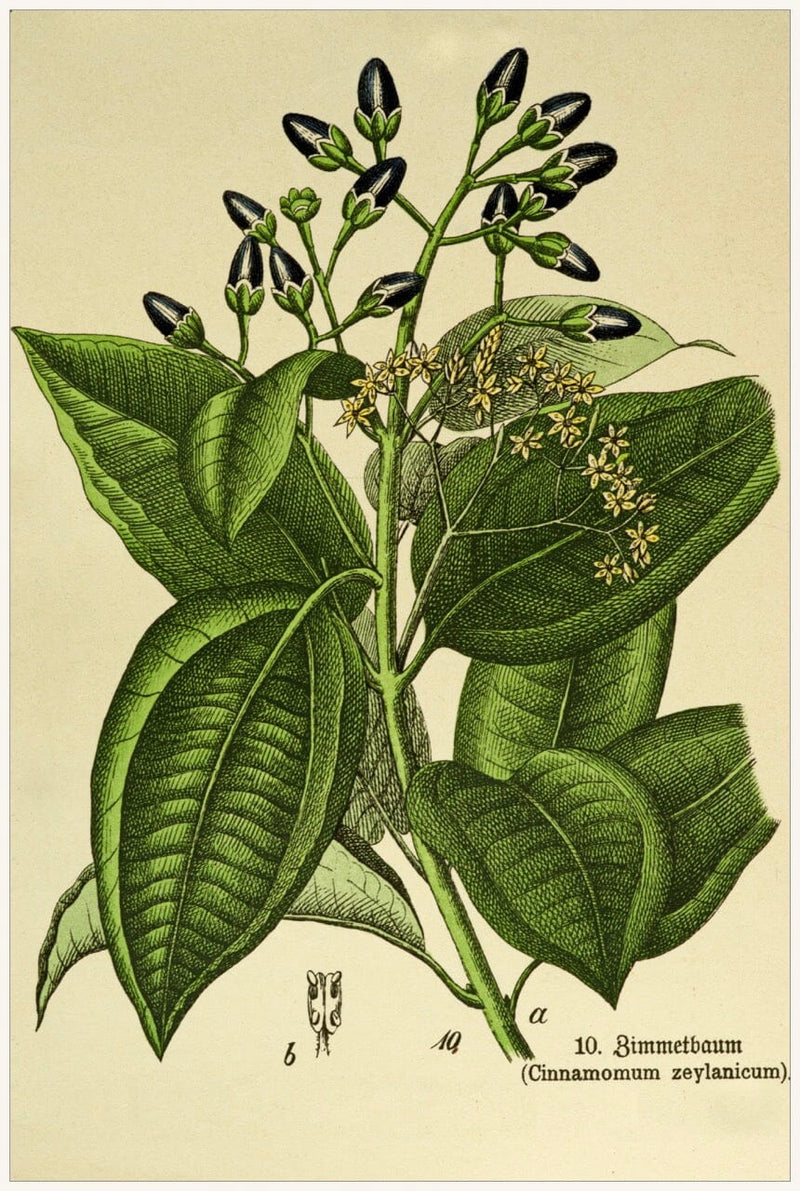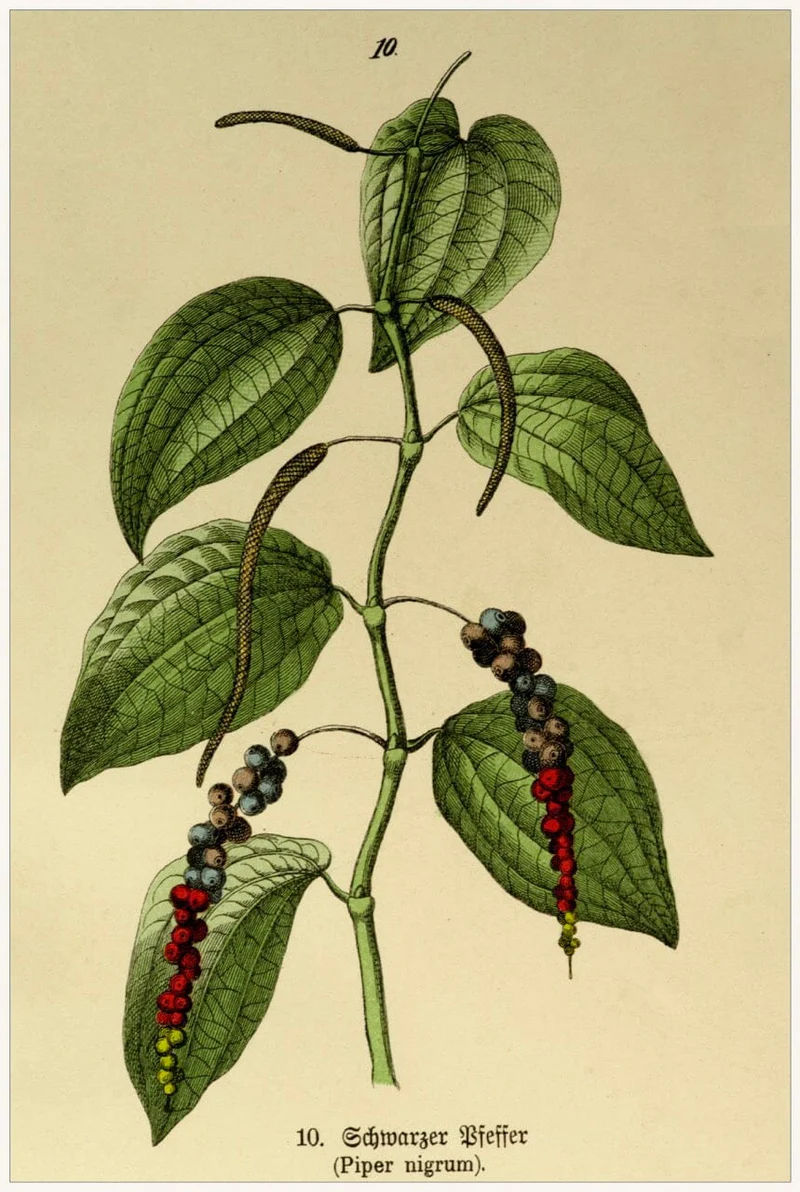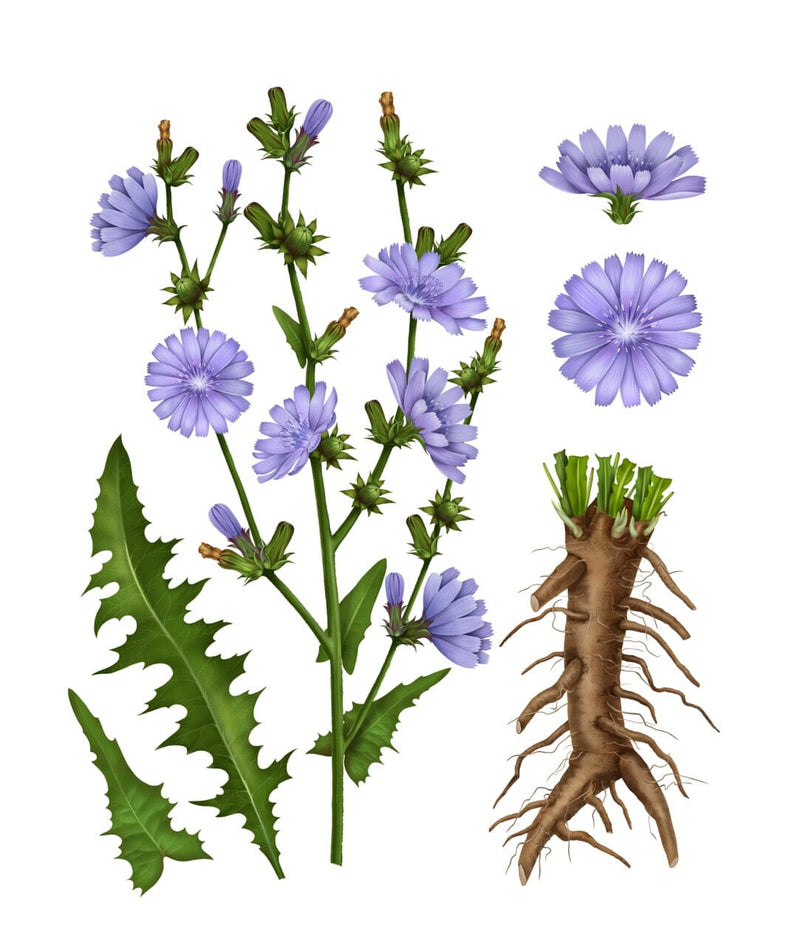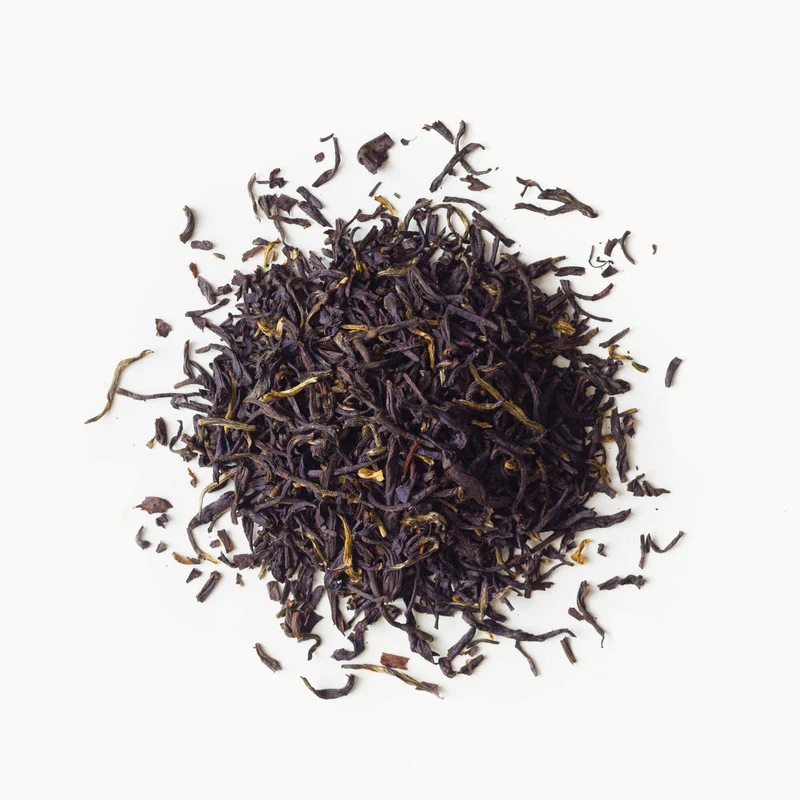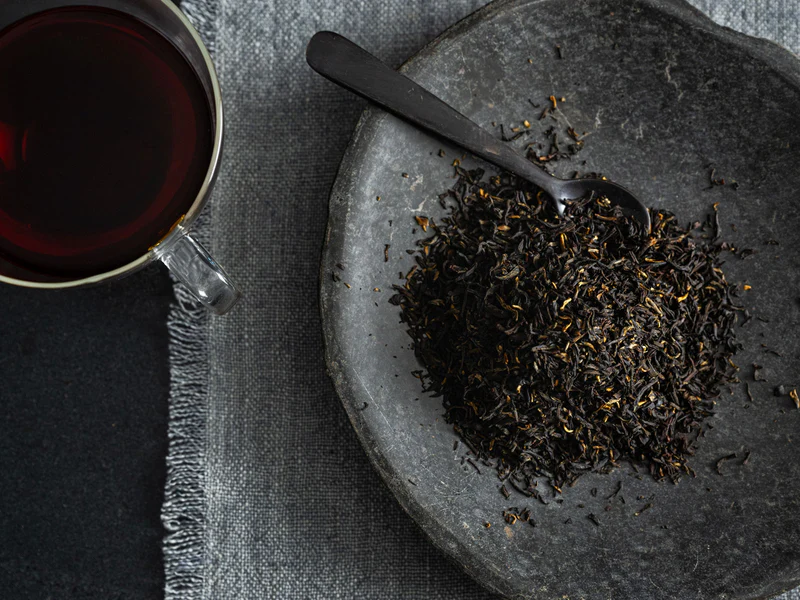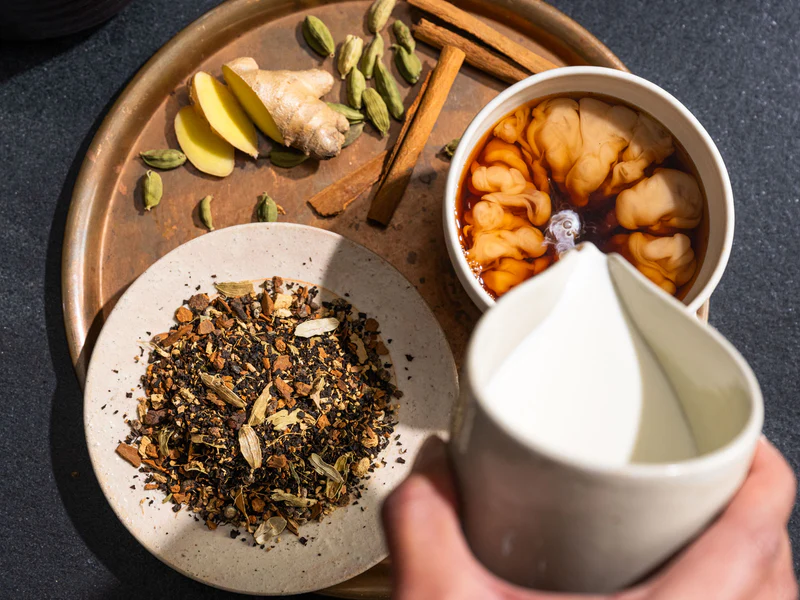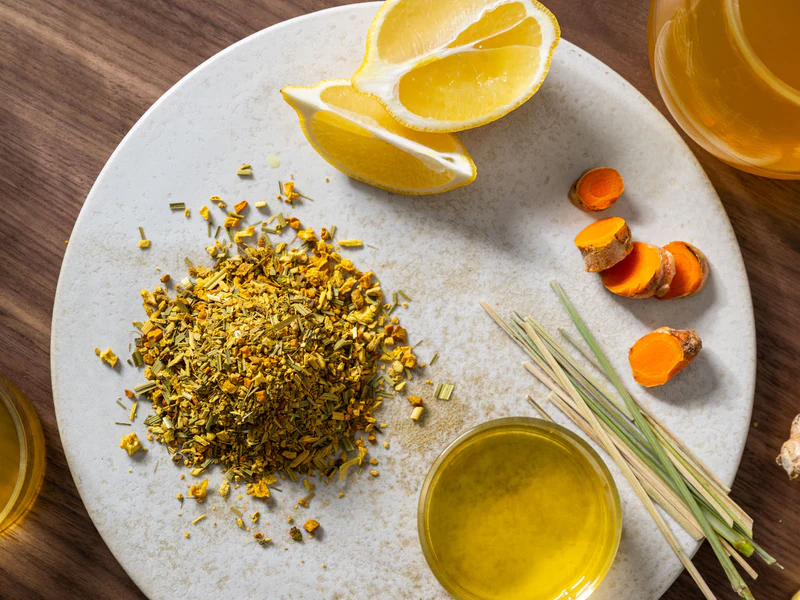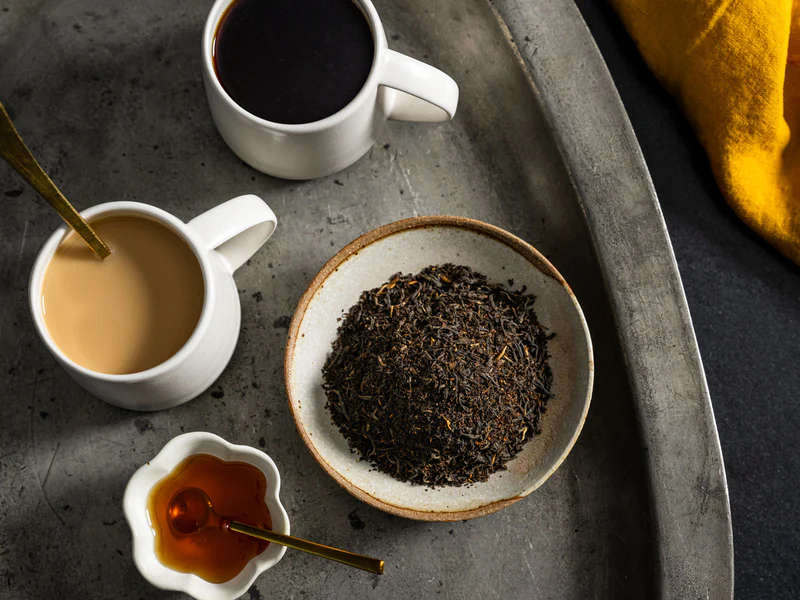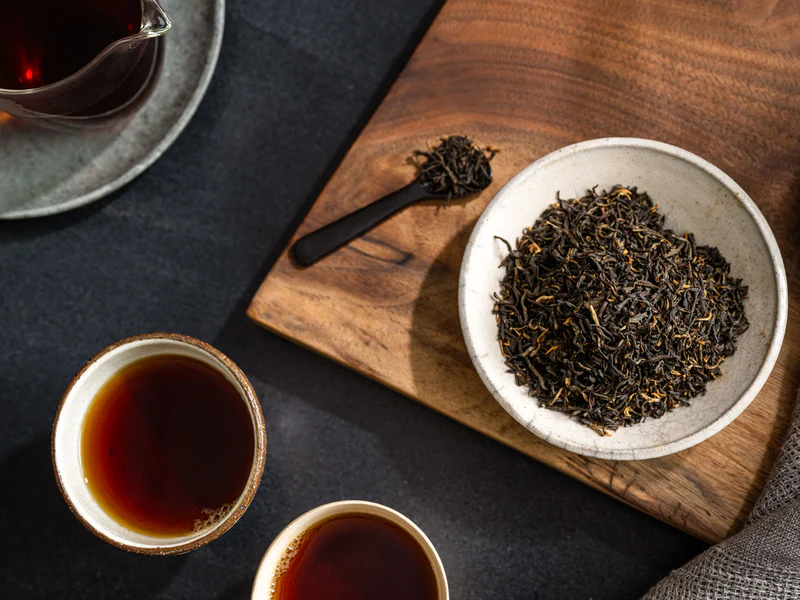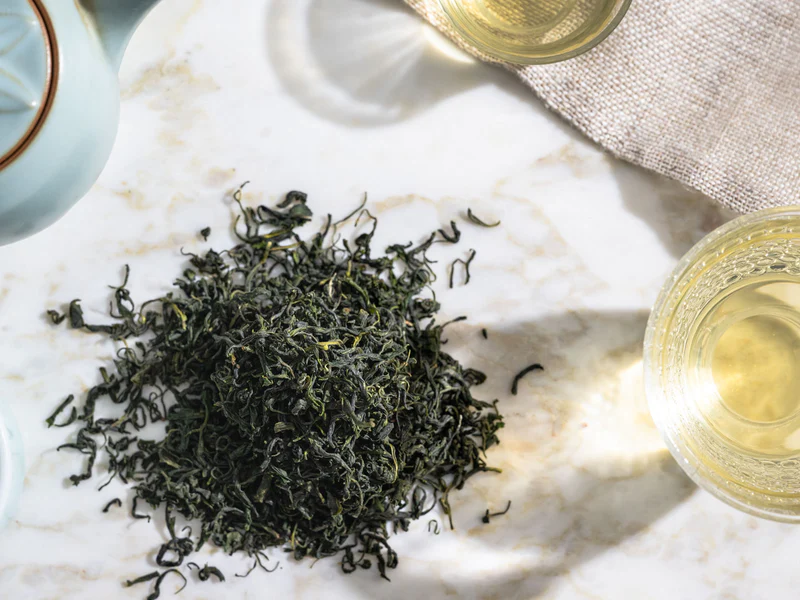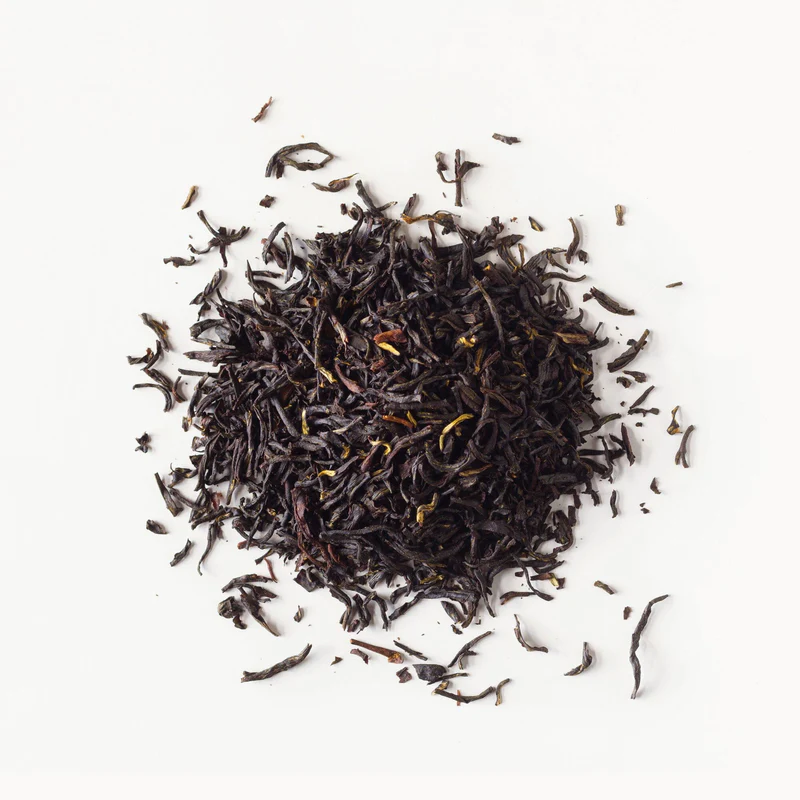Our Growing Regions: Thailand, Laos
The scientific name for mulberry leaves is Morus alba. These leaves have a long history of culinary and medicinal use in various cultures around the world. Mulberry trees are native to Asia and are commonly found in countries like China, Japan, Korea, and India.
In terms of culinary uses, mulberry leaves are often used in traditional dishes and teas. The young leaves are sometimes used as wrappers for steaming or grilling food, imparting a subtle flavor to the dish. In some cultures, dried mulberry leaves are ground into a powder and used as a natural food coloring or flavoring agent.
In herbal tonics and teas, mulberry leaves are highly valued for their potential health benefits. They are known to contain various antioxidants and compounds that may help manage blood sugar levels and support overall wellness. Mulberry leaf tea is a popular beverage, enjoyed for its mildly sweet, umami and slightly earthy flavor. It can be consumed hot or cold, and sometimes mixed with other herbs or fruits for added flavor complexity.
In terms of specific herbal remedies and formulas, mulberry leaves are often included in traditional Chinese and Korean medicinal remedies for conditions such as diabetes, high blood pressure, and combined with chrysanthemum flowers inflammation. They are also used in Ayurvedic medicine for their potential therapeutic properties.
Mulberry leaves are the food for silk worms and the silk industry grows lots of mulberry trees in Thai and Laos which were both major silk producers for the world market. Since the decline of the Thai Silk exports, many mulberry farmers adapted a method of steaming mulberry leaves to make a tea that is similar to Japanese Sencha green tea. In Nakhon Ratchasima and Korat, Thailand there are companies that introduced Japanese Sencha production lines to make green tea with mulberry leaves and the results have manifested in the superior quality of deep green mulberry tea when compared to the traditional pan roasted mulberry dark brown teas found in Korea and China. It’s worth noting that different cultures often have their unique ways of preparing and consuming herbal teas, and it's possible that there might be regional variations or adaptations of mulberry herbal tea.
Overall, mulberry leaves are widely used in various cuisines, herbal tonics, and teas in Asian cultures. They offer a range of potential health benefits and contribute to the flavor and nutritional value of different dishes and beverages.
